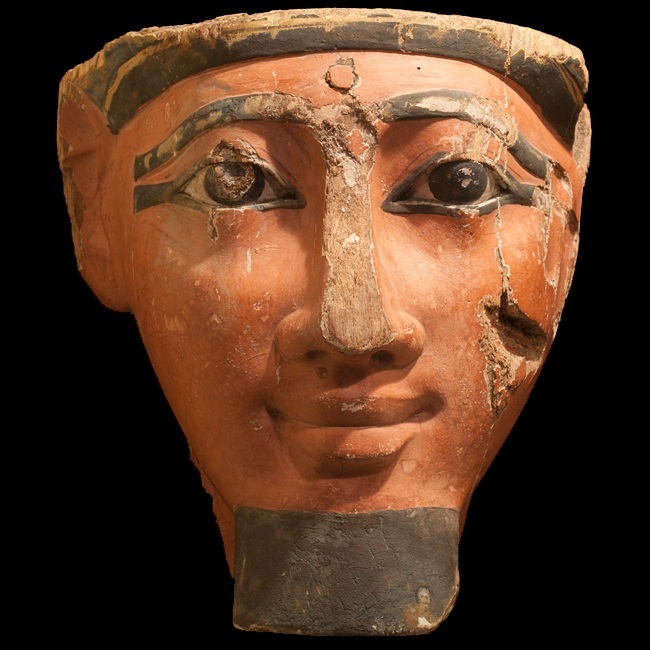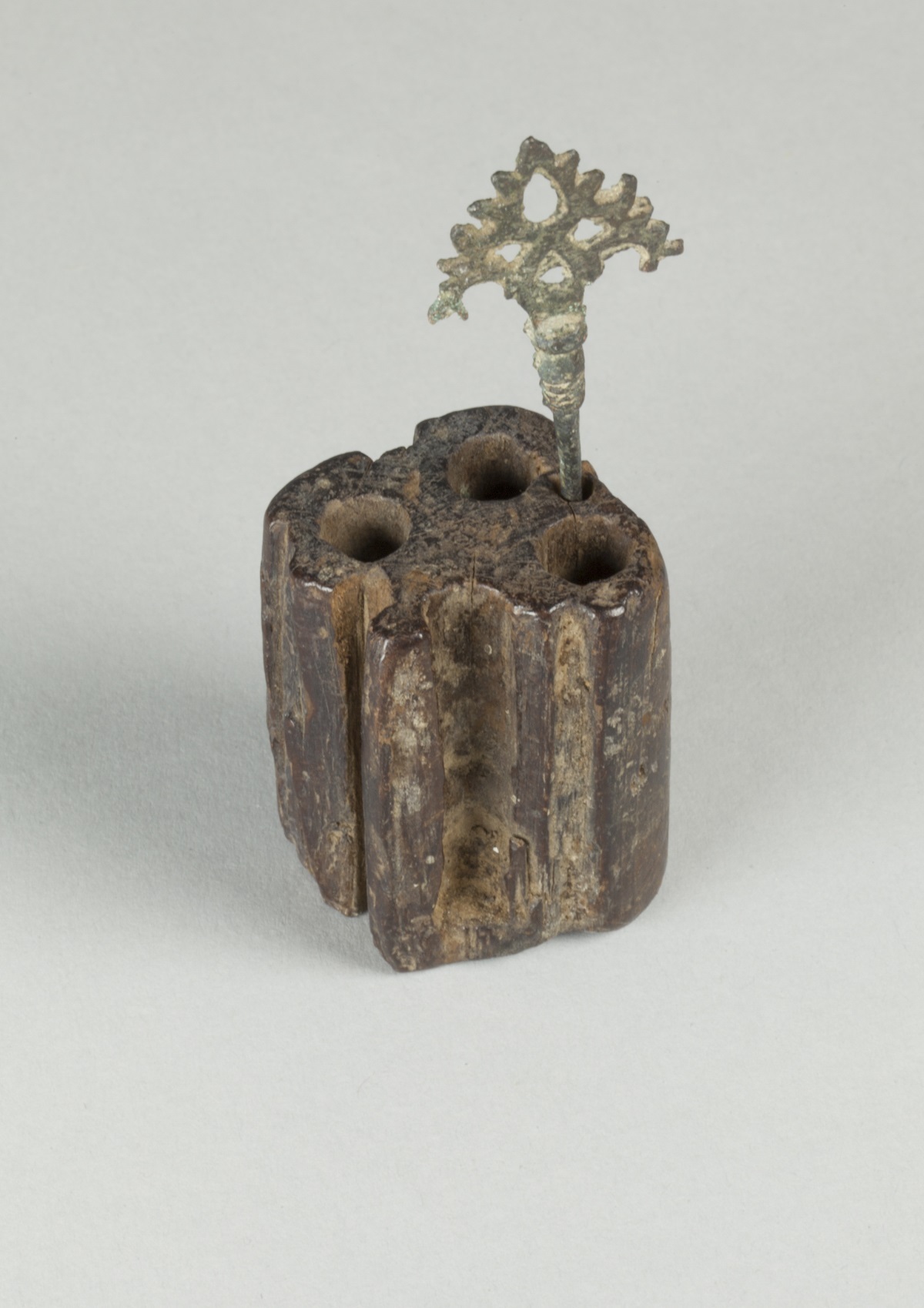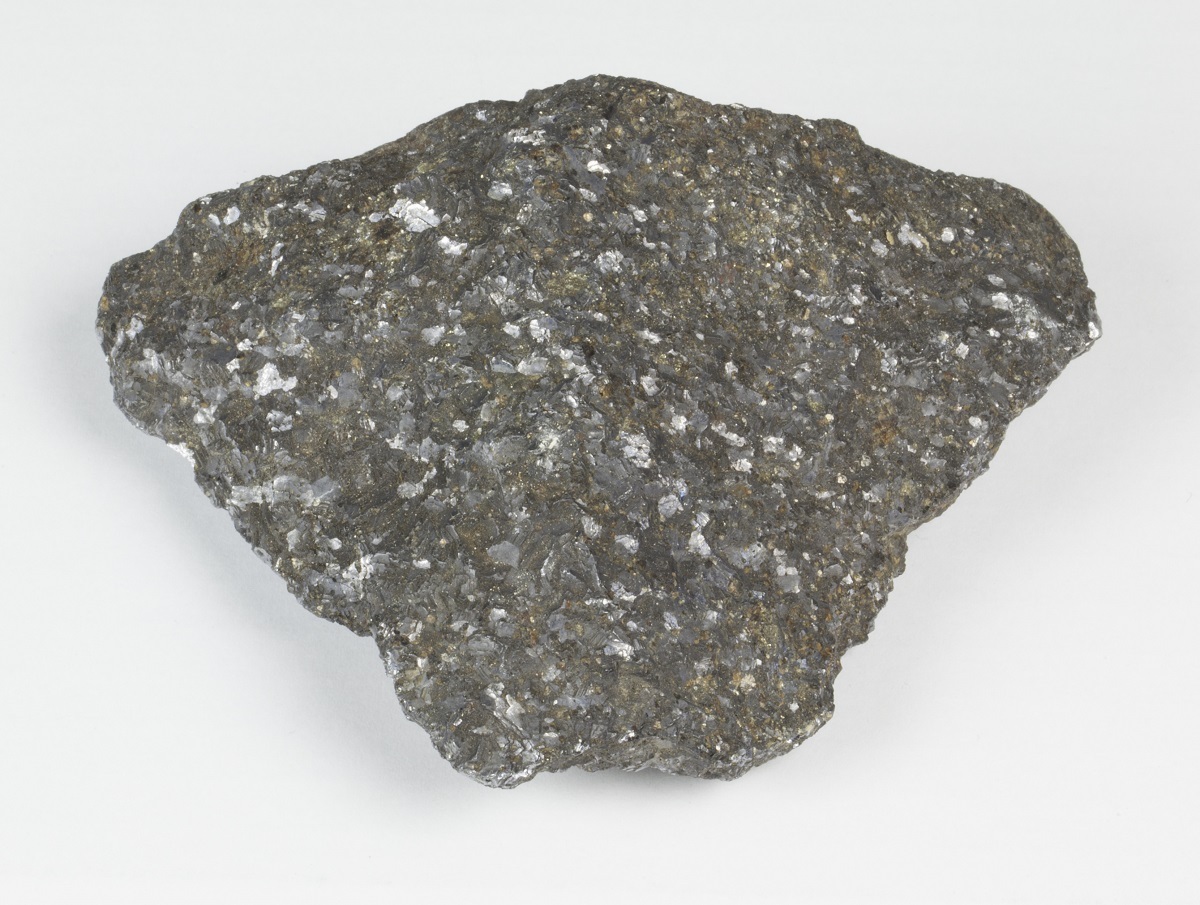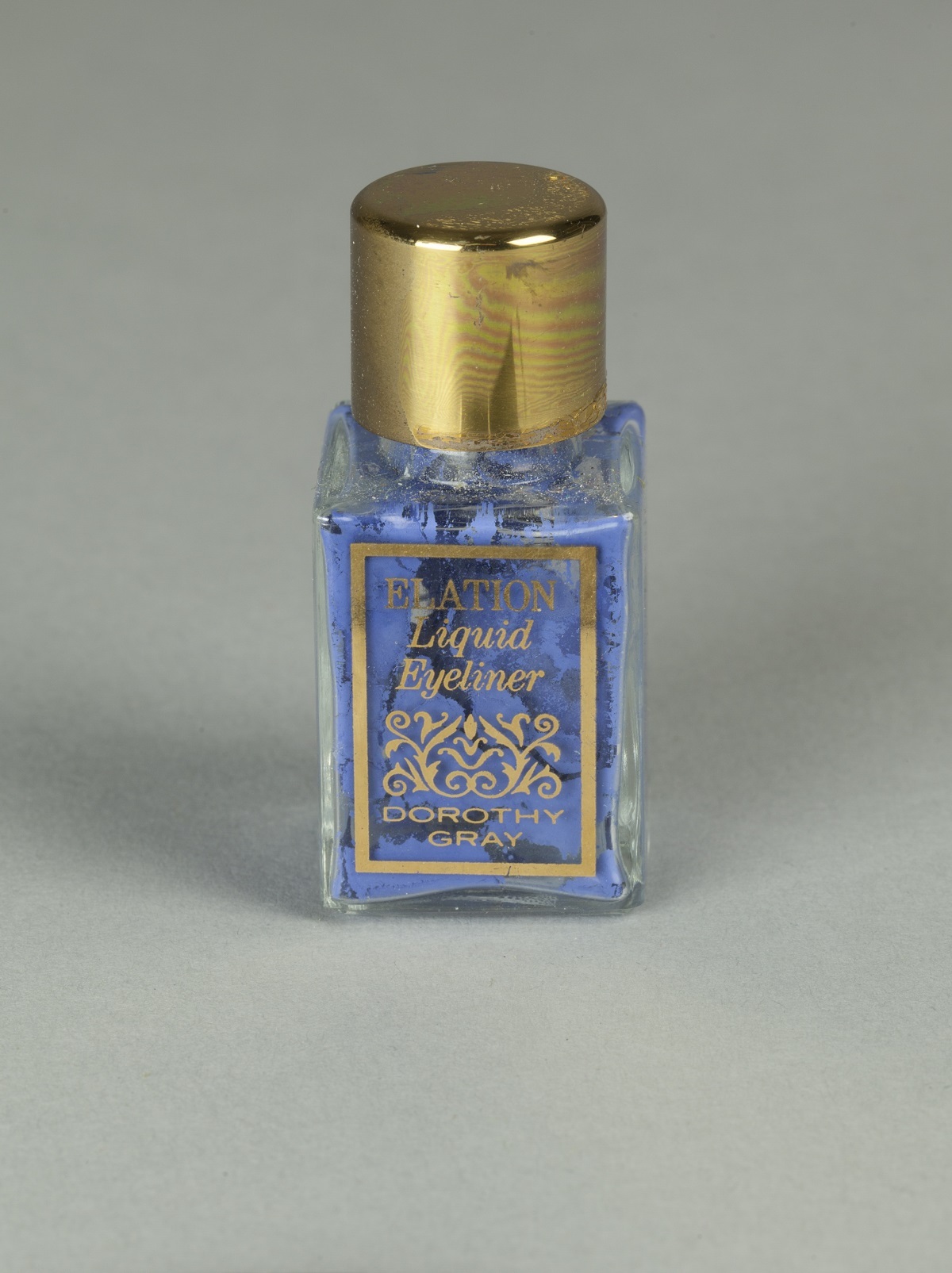Eyeliner was for everyone in Ancient Egypt. Men, women, peasants, pharaohs and even effigies of the gods sported thick black lines around their eyes.

The look had practical purposes as well a fashionable one: the dark lines reduced glare from the sun and helped repel flies which carried diseases. Make-up was stored in small containers, like the acacia wood example (below) in Canterbury Museum’s collection. An applicator, such as this bronze one, could be used to apply the kohl eyeliner. This make-up set dates from about 1700 BC and was found near the Karnak Temple in Luxor, Egypt. One of the largest religious buildings ever constructed, the temple was dedicated to the gods Amun, Mut and Khonsu. The oldest parts of the Temple date from 2055 BC.

Kohl is a substance predominantly made up of the mineral galena which is also known as lead sulphide. The mineral would be crushed and mixed with other ingredients such as ground pearls, rubies or emeralds and mixed with a liquid such as oil, gum or animal fat. Cheaper versions might be diluted with soot.

Modern scientific testing of the residue in kohl containers has revealed that the substance also had antimicrobial properties. This explains why it was so effective at repelling flies and warding off the diseases they carry. Ironically, the lead also makes kohl toxic, meaning the make-up was both helpful and harmful. Although the heavy kohl eyeliner is most commonly associated with Egypt, the Egyptians were not the only culture to use the substance. Ancient civilizations across North Africa, Central Asia, East Asia and the Mediterranean used kohl. Modern make-up no longer contains the harmful lead sulphate but kohl continues to be used in parts of North Africa and Central Asia.

You can see the mask on Level 3 of the Museum. The other objects featured here are not currently on display.





